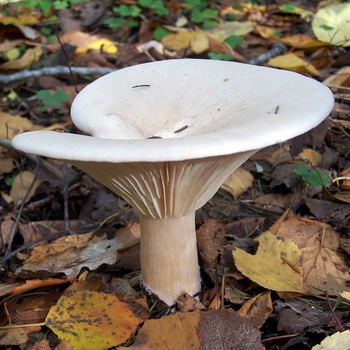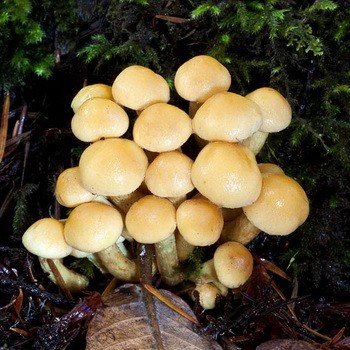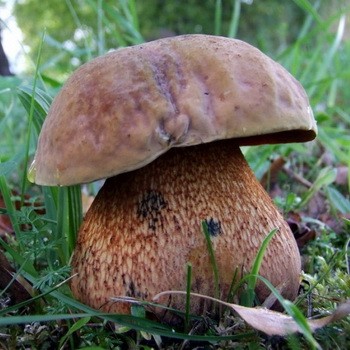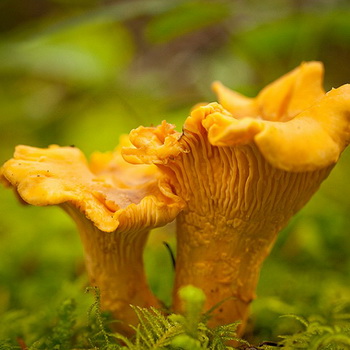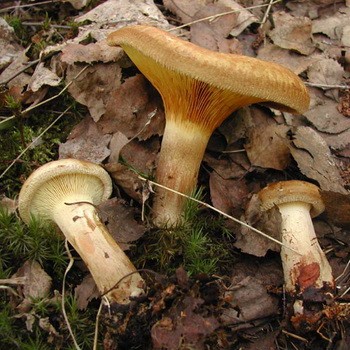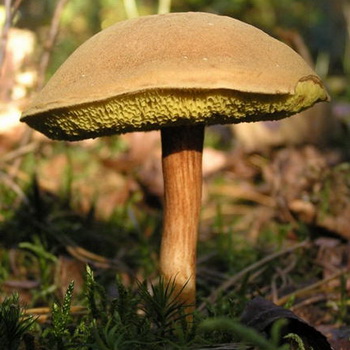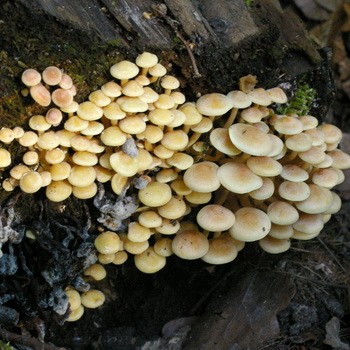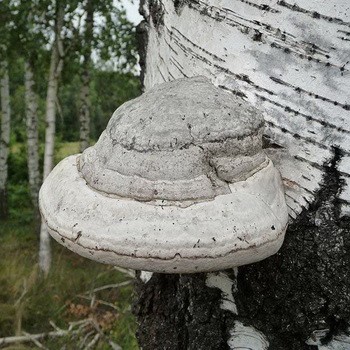Photo and description edible mushrooms
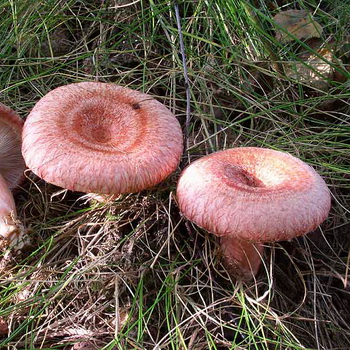
What do edible mushrooms of a thrill look like?
The shaggy or wavy plate has a lot of names in common people: throat, lupus erythematosus, lupus erythematosus, wolfworm, and whelp - and throughout the exterior it closely approaches all previous species, with which it has a great affinity.
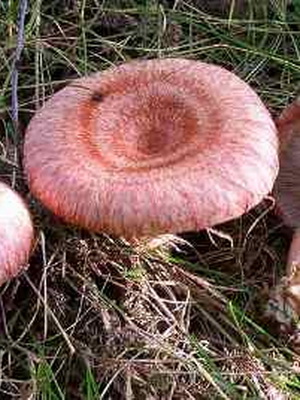

Check out the photo and description of the wave trap: the main difference between the shaggy platelet is the hairy, quite noticeable braids located around the edge around the hat and sometimes quite long. In our places, this fungus is quite rare, and more often comes across in the more northern provinces of Russia. It is ranked by many scientists as poisonous, in particular, is considered as such in France and in the Czech Republic. But we eat it completely harmlessly, however, in Sweden it is often collected and eaten without any harm in food instead saffron milk cap.
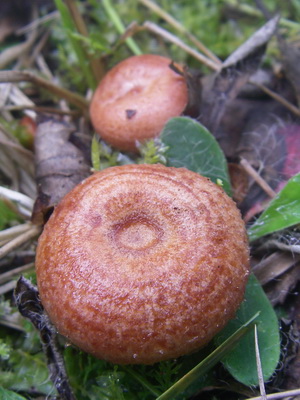
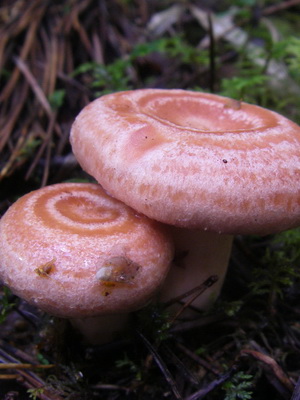
The place of growth of this fungus is certainly in the forests on sandy and siliceous soil, most often under birch trees, and it is found simultaneously with the previous species.
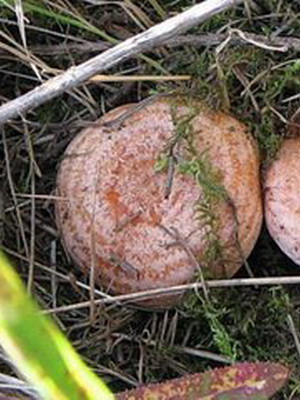
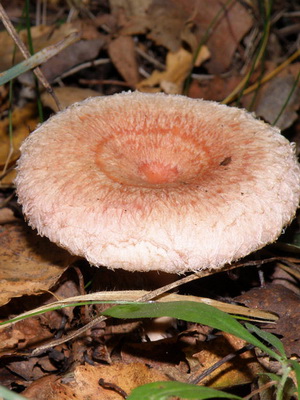
What do thrills look like and what is their difference from other mammalian fungi? A hat with a width of no more than 1.5 to 10 cm, first convex, and then concave, but always with the edges wound inside. The whole hat of this mushroom, and mainly its outskirts, is covered with dense hairs hanging from the ends, in the form of rather long braids, which gives the mushroom a very beautiful appearance. However, by old age, these cosmas become barely noticeable. And that description of the wave trap becomes similar to all the other records.
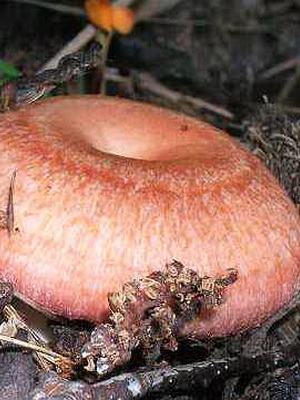
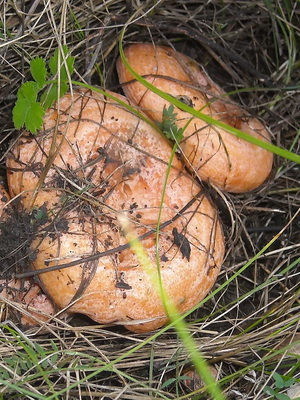
The color of the hat is pale pink, sometimes casting white, but more often yellow or grayish. Moreover, it is almost always streaked with dark and light, wide and circular stripes, which, however, does not constitute a characteristic property of the fungus, because it depends on the tree leaves falling on it, why such a pattern is often found on other mushrooms of the same breed with a shaggy plate. The flesh of the hat is the same pale pink color, rather dense and dry.
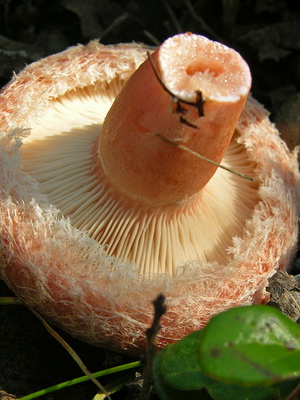

The platelets are waves of the same color with a hat, but always somewhat paler, and the milky juice of the mushroom is very sharp, yellow-white and does not change from contact with air.
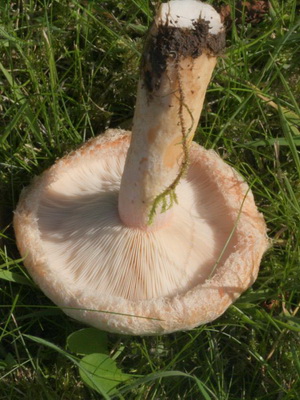
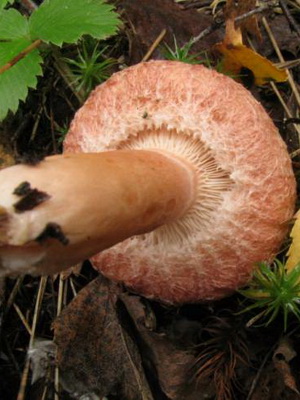
The pedicle is also somewhat paler against the cap and generally more or less yellowish, although dense, but mostly smooth, but sometimes, however, mottled with insignificant dark depressions, it is rarely hollow, and reaches a height not exceeding 5 cm.
The taste of edible mushrooms of the thunderfish deserves various approval. Some find it not quite remarkable, others like it. In its raw state, it is very eater, but when boiled it loses this causticity, although its natural pungency is still somewhat preserved. As for bitterness, very noticeable in raw mushrooms, it almost completely disappears from cooking. The smell of both raw and boiled mushrooms is pleasant, earthy.
